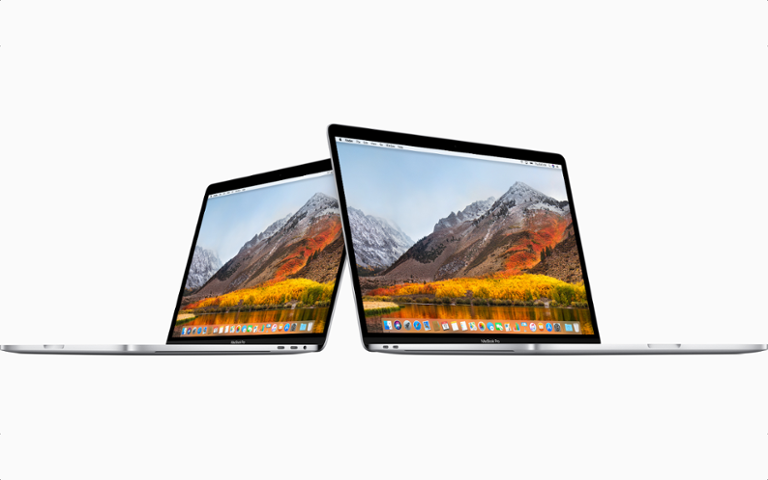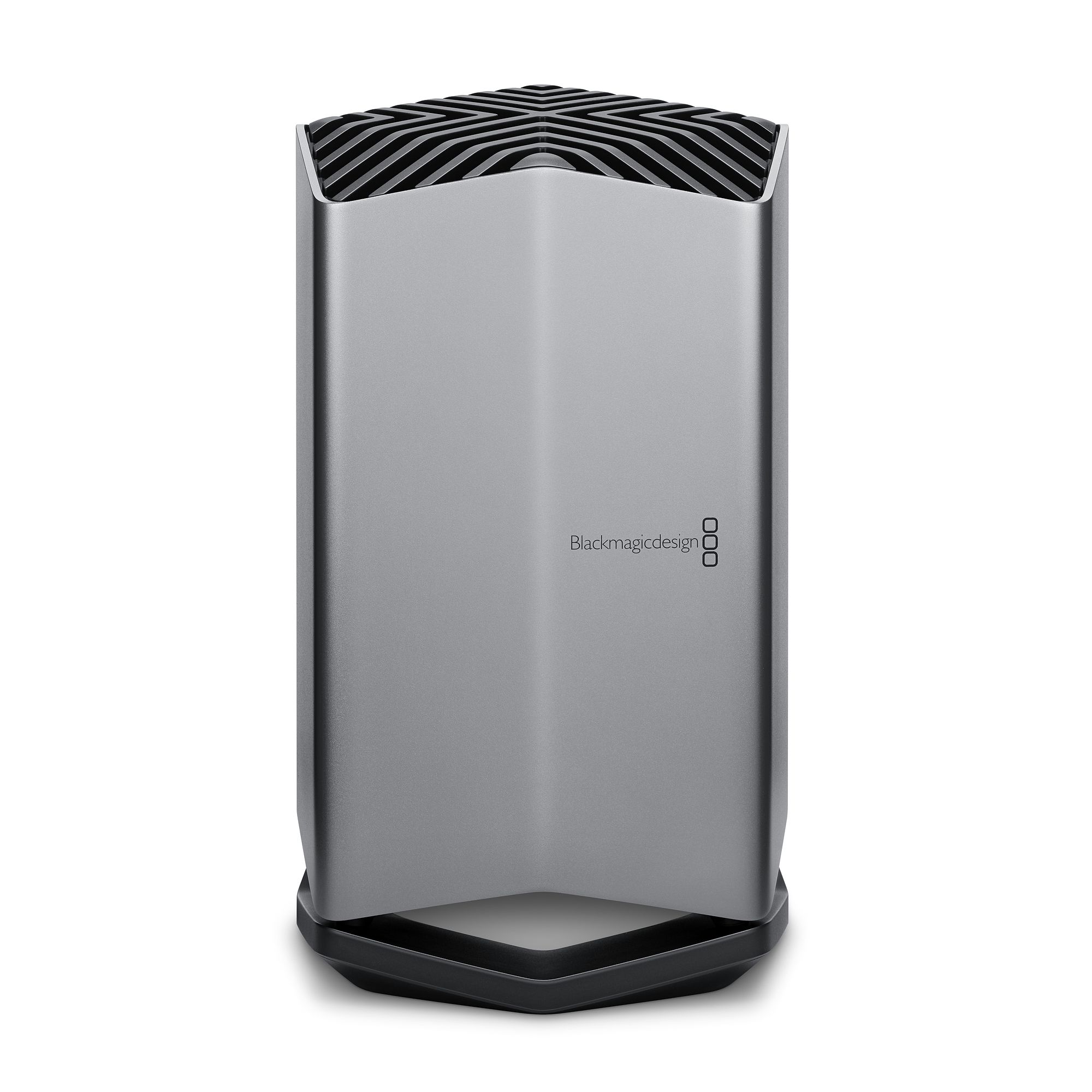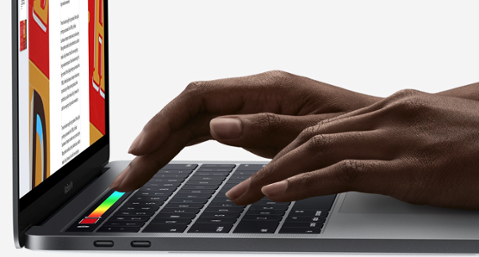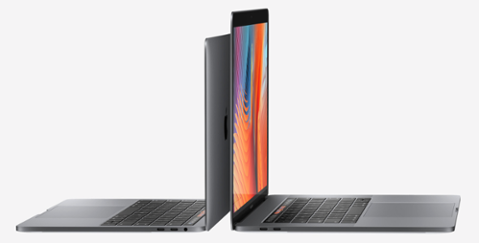
Among PC users, Apple's MacBook Pros are highly contentious pieces of hardware. Positioned for professionals such as developers and photo or video editors, they have to be top-end devices that nonetheless remain highly portable. Apple’s latest update for the MacBook Pro hammers that idea home. First, let’s get specs out of the way: 2018 15-inch MacBook Pro
 The Apple Blackmagic eGPU looks the part[/caption]
The Apple Blackmagic eGPU looks the part[/caption]
- 6-core Intel Core i7 and Core i9 processors up to 2.9 GHz with Turbo Boost up to 4.8 GHz
- Up to 32GB of DDR4 memory
- Powerful Radeon Pro discrete graphics with 4GB of video memory in every configuration
- Up to 4TB of SSD storage2
- True Tone display technology
- Apple T2 Chip
- Touch Bar and Touch ID
- Quad-core Intel Core i5 and i7 processors up to 2.7 GHz with Turbo Boost up to 4.5 GHz and double the eDRAM
- Intel Iris Plus integrated graphics 655 with 128MB of eDRAM
- Up to 2TB of SSD storage2
- True Tone display technology
- Apple T2 Chip
- Touch Bar and Touch ID
 The Apple Blackmagic eGPU looks the part[/caption]
The Apple Blackmagic eGPU looks the part[/caption]


